Noctilucent cloud observing tips
Wednesday, May 29, 2024
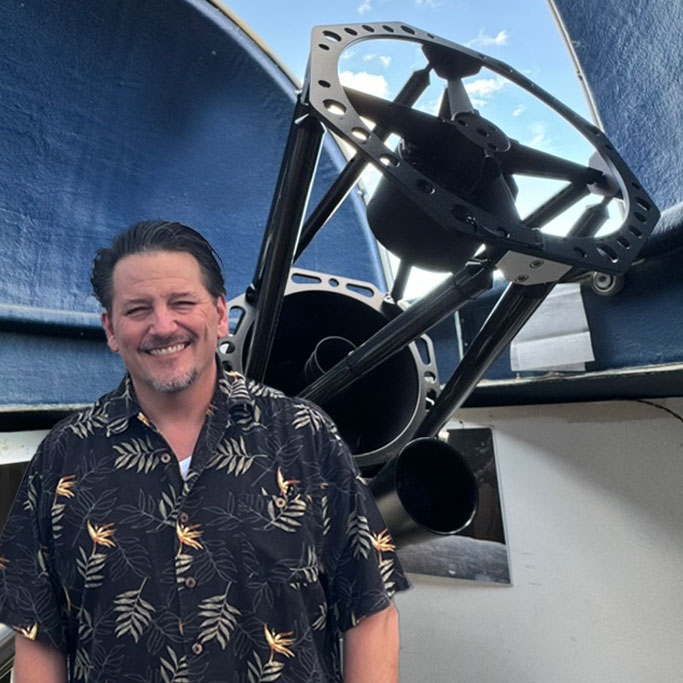
|
Richard Harris |
Explore the unearthly beauty of noctilucent clouds, silvery-blue formations high in the sky that belong to the realm of a warm summer night. A truly miraculous show will open up for absolutely everyone due to the inescapably short period of darkness. Keep reading to learn how to identify and enjoy such incredible phenomena.
Looking for something to do while waiting for the night sky to reveal your next astrophoto target? Try glancing up just before it gets too dark—you might catch a glimpse of a noctilucent cloud!
As amateur astronomers, we often get caught up in the hunt for distant galaxies and nebulae, but sometimes it’s refreshing to switch things up and enjoy the noctilucent clouds on a summer night. These clouds are neat things to observe and offer a different kind of magic compared to deep-space objects.
Noctilucent clouds, or NLCs, are the highest clouds in our atmosphere, forming about 76 to 85 kilometers up (52 miles-ish). Made of tiny ice crystals, they glow with a ghostly blue or silvery light, visible only during twilight when the sun has dipped below the horizon but still illuminates these high-altitude clouds. This unique glow is both haunting and beautiful, making them a captivating sight.
One reason to take a break and watch NLCs is that they’re much easier to observe than distant galaxies. You don’t need fancy telescopes or advanced equipment; just your eyes or a basic camera will do. It’s a nice change of pace to enjoy something that doesn’t require setting up and calibrating a lot of gear.
NLCs are also a summer phenomenon, mostly appearing in late spring and summer at higher latitudes. This seasonal appearance makes them special, like a limited-time event you don’t want to miss. Their formation is influenced by things like solar activity and atmospheric conditions, so catching a good display of NLCs feels like a bit of serendipity.
Watching these clouds can be incredibly relaxing too. There’s something soothing about seeing those delicate, glowing wisps against the night sky. It’s a moment to just sit back and appreciate the natural beauty without the pressure of hunting for faint celestial objects.
In a nutshell, taking a break to enjoy noctilucent clouds offers amateur astronomers a simple yet profound joy. It’s easy, it’s seasonal, and it’s wonderfully serene—a perfect reminder that the wonders of the night sky aren’t limited to what’s far away, but also include the enchanting spectacles right above us.
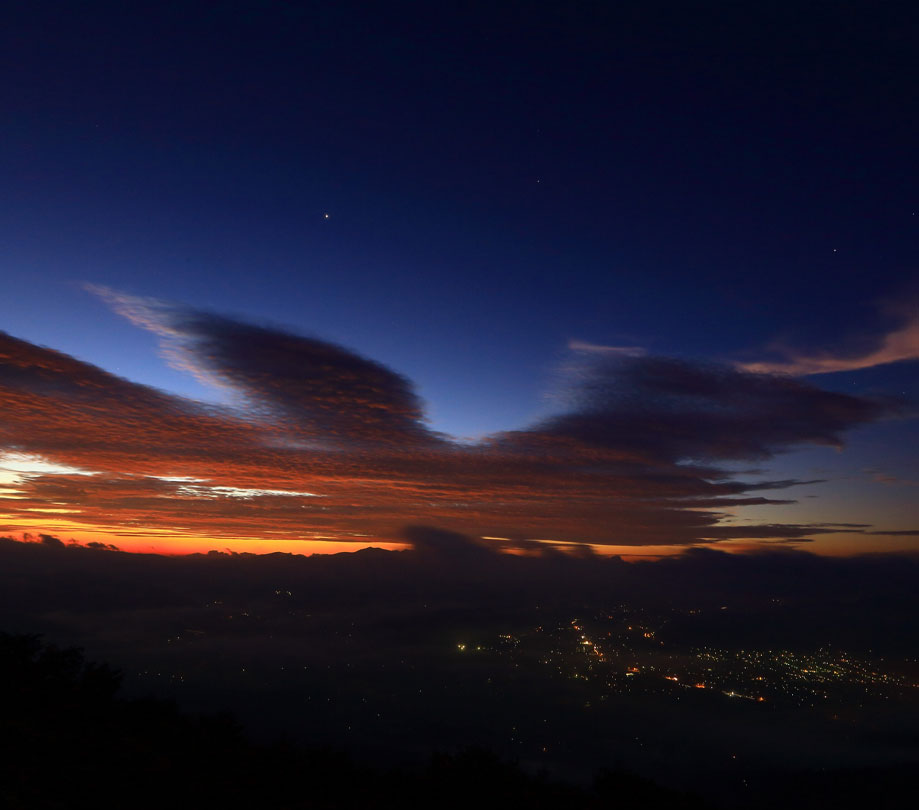

Photo credit: Stuart Atkinson
Noctilucent cloud observing tips
You don't need to travel to a dark-sky location to track down a display of NLC. Oftentimes, they are impressively bright and can be seen from light-polluted locations. NLCs can be seen by the unaided eye, and increased detail can be brought out using binoculars to see the structure in the form of wisps, curls, and billows among others.
All you'll need to see NLC is a clear sky and copious patience. Peak times to observe are often around 11:30 PM local, but displays can start earlier or later.
NLC are at their best for those willing to stay up late or crawl out of bed early. Though they are sometimes visible in the sky after sunset, the brightest and most impressively-structured displays typically happen near midnight. Watch the sky for golden threads or silvery vapor trails high above the northern horizon. If these persist and grow, you are on track to watch a spectacular show as the clouds spread and brighten.

Photo credit: Stuart Atkinson
Capturing noctilucent cloud photos
In a good NLC display, the clouds billow and bank, exhibiting ghostly patterns and shapes. Binoculars may reveal changing shapes and small features, like cross-hatch patterns and brighter knots in the clouds. Many displays fade after local midnight, but on rare occasions, an NLC display can last through the entire night, filling the sky with a silvery-blue and violet glow.
Taking a photo of NLC is a rewarding yet relatively simple process. A modern smartphone with a capable camera can take decent photos of NLC in Night Mode. For bigger and better details, grab the DSLR camera and mount it on a tripod. Start with auto settings; later, try adjusting the ISO and exposure lengths to get the better snaps. Use a longer focal length, and play with something between 50 mm and 200 mm. Try to use a relatively fast shutter speed to see details in the clouds. Somewhere between 2 and 10 seconds.
The good news is, you won't need PixInsight to process anything either :)
It's as hard to predict the time when NLC appears as it is for the clouds themselves, but a good tip is to follow social media groups dedicated to NLC sightings. These communities will let you know in real time that displays are active.
Anyway, whether you consider NLC a part of traditional astronomy or not, its electric blue night appearance is definitely worth looking for in the summer sky.
ScopeTrader's latest survey
Featured Stories
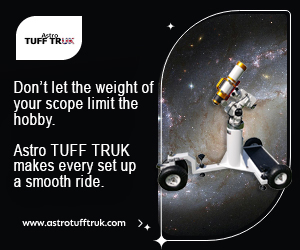
Stay Updated
Sign up for our newsletter for the headlines delivered to youSuccessFull SignUp

|
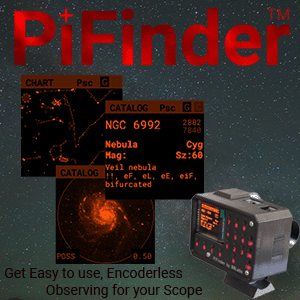


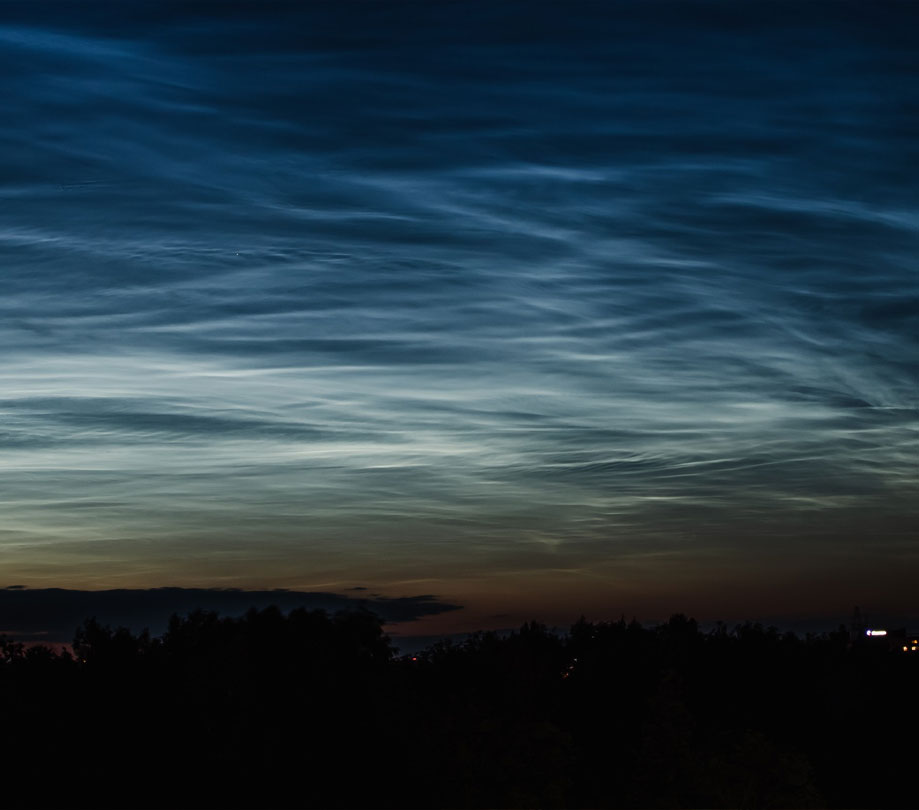

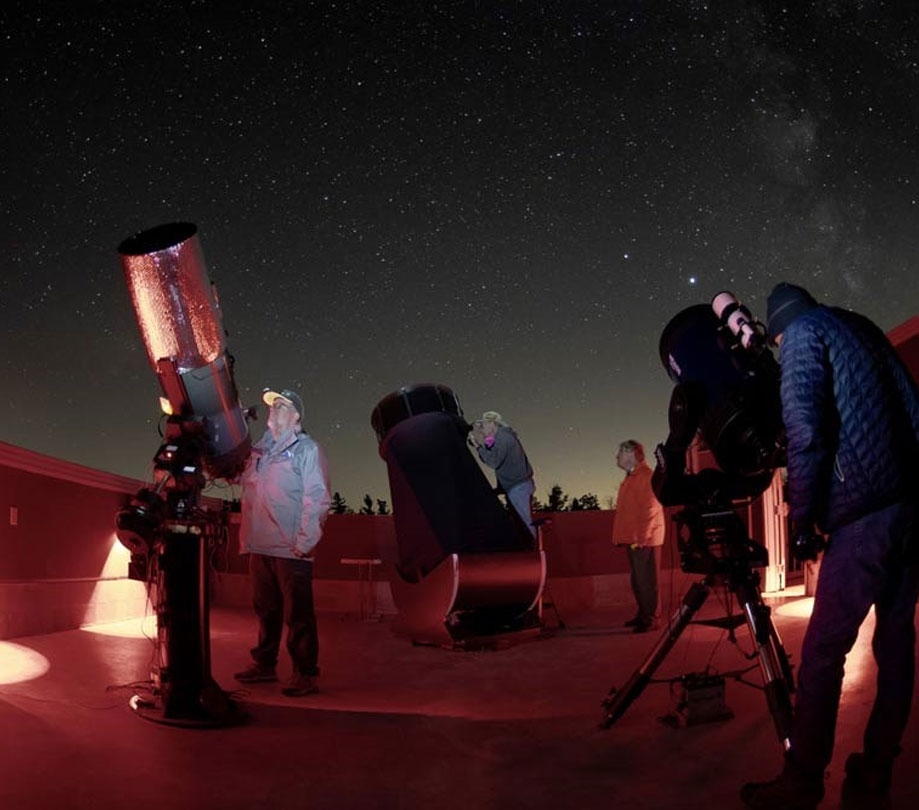
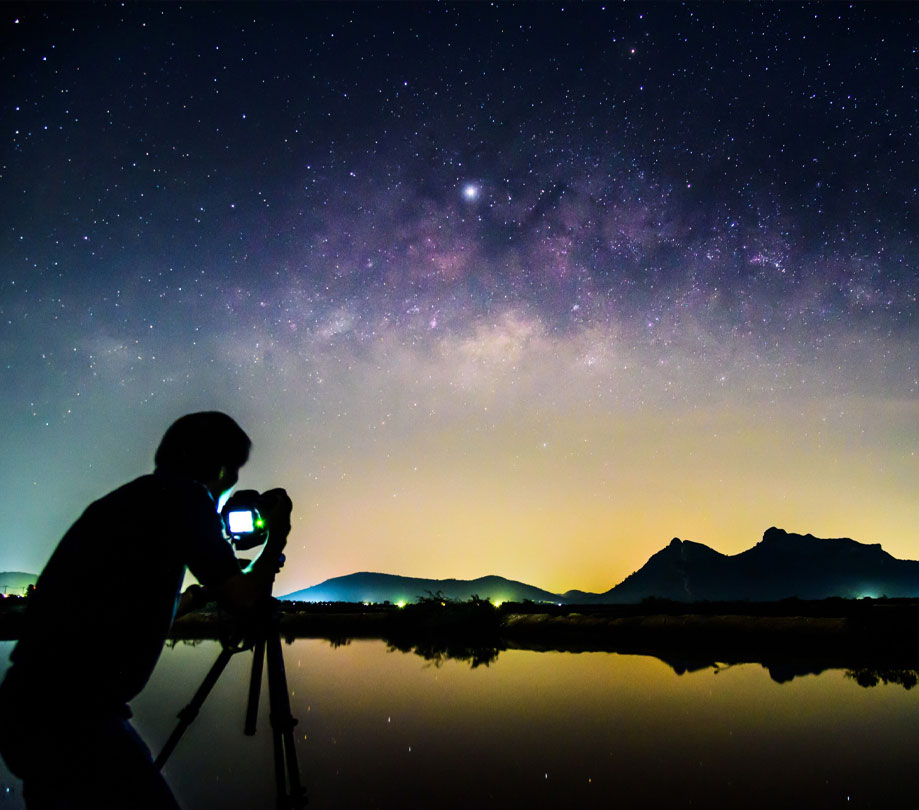
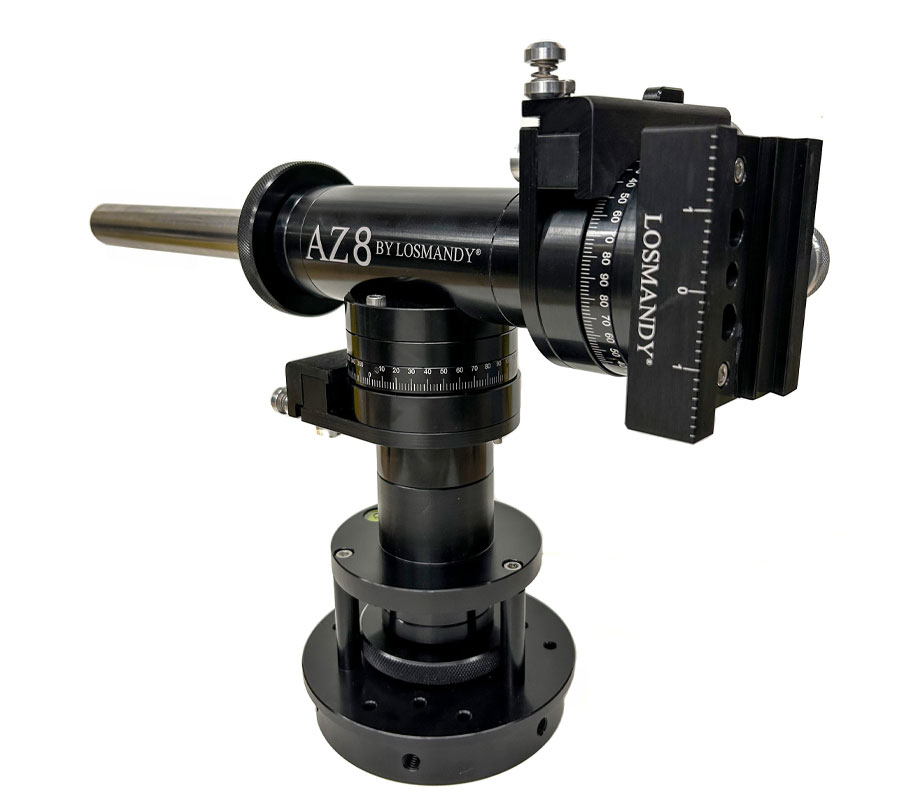
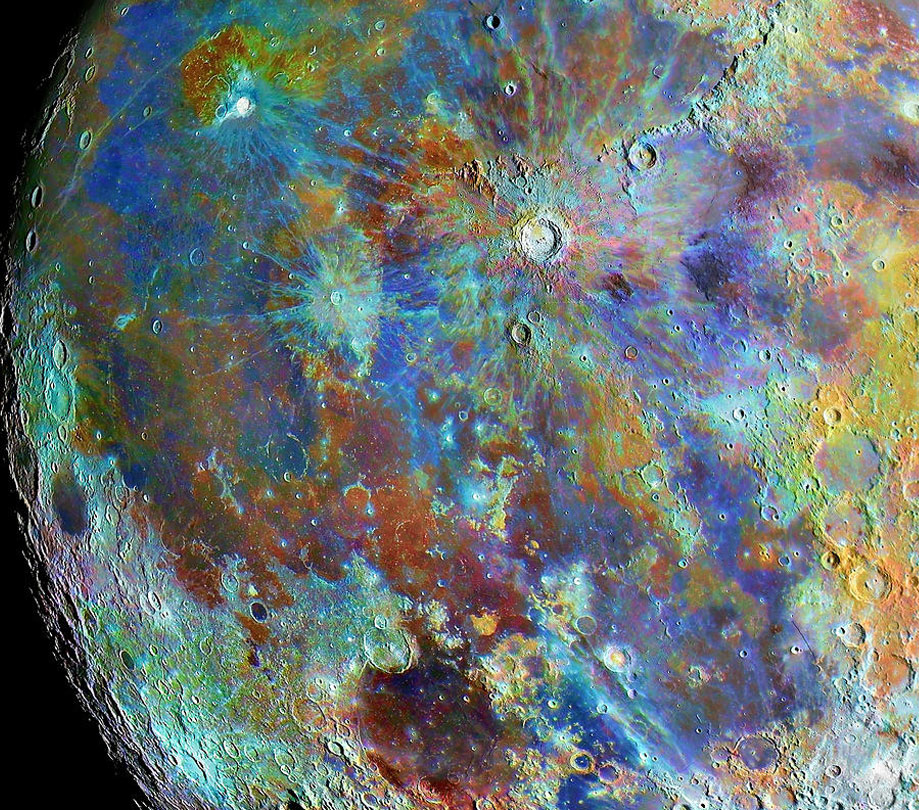
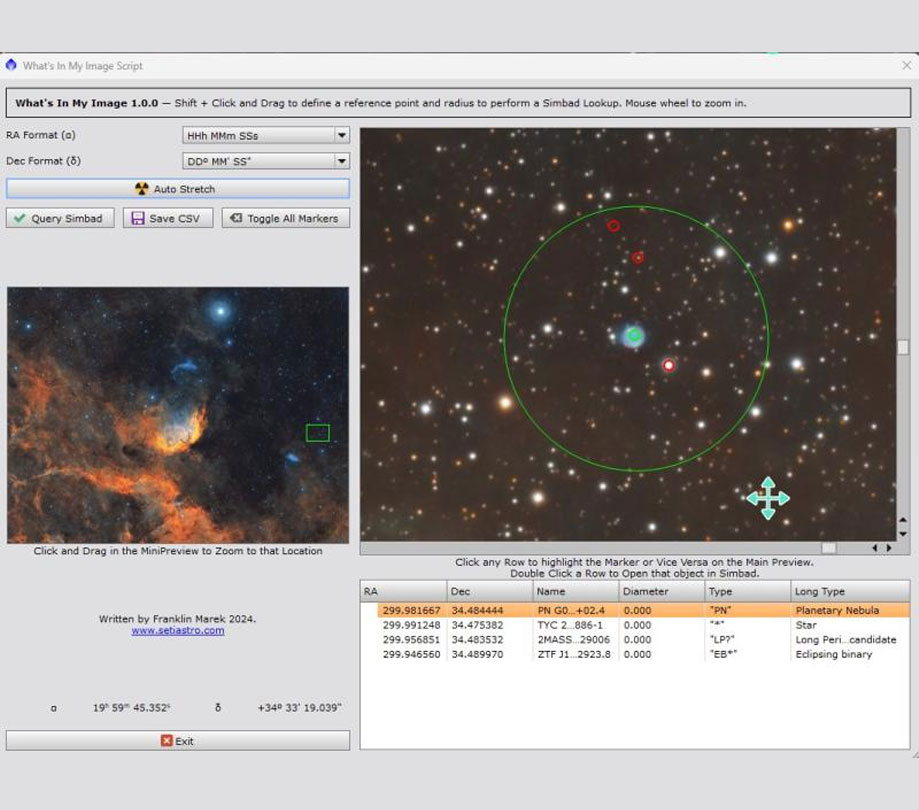
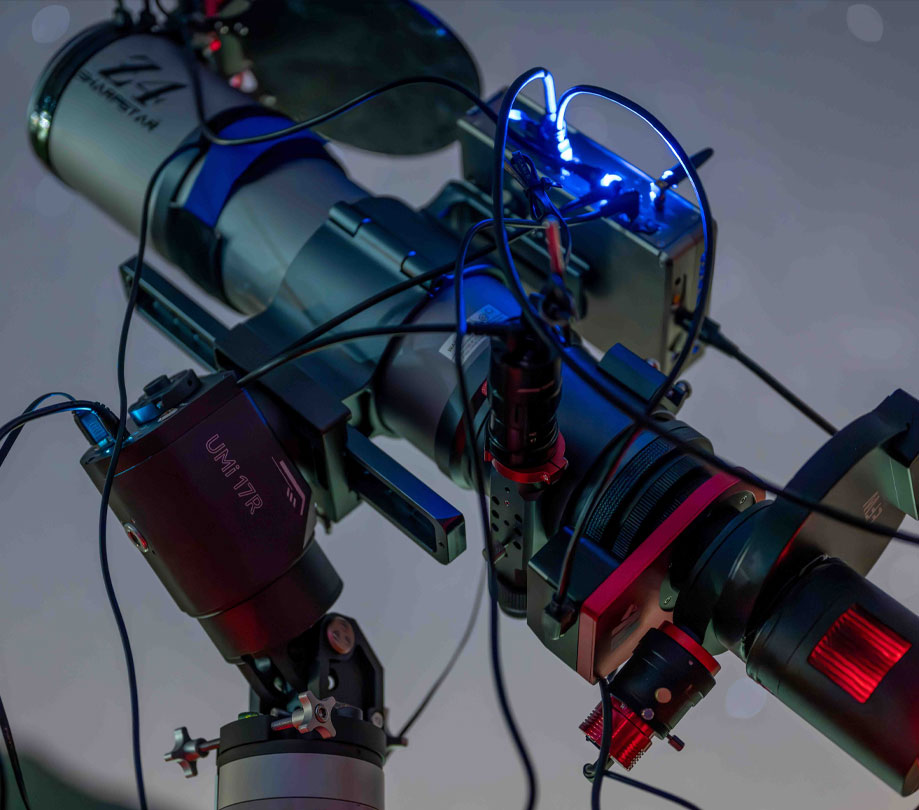
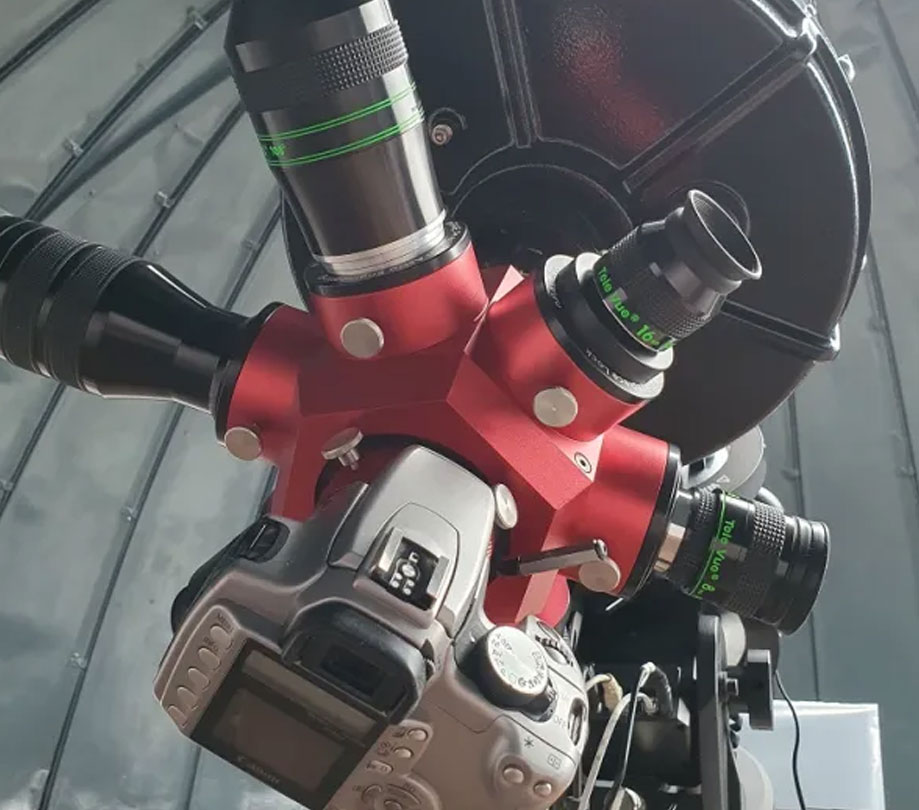
Comments